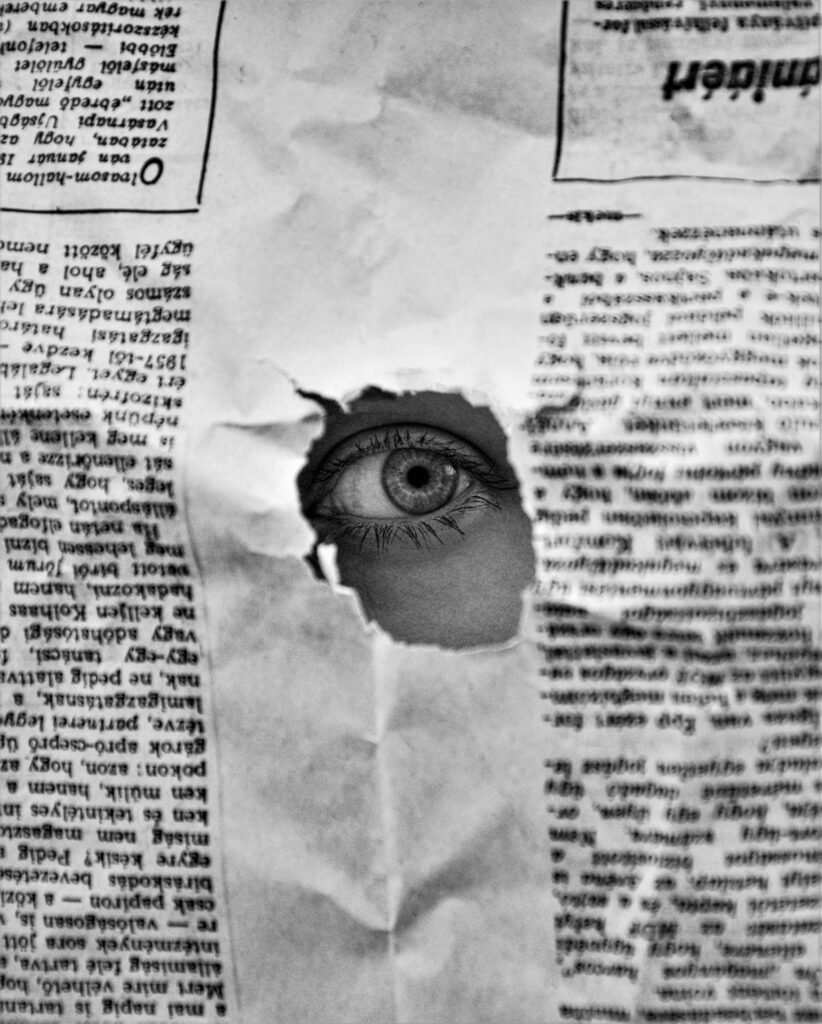A recent study has uncovered a concerning issue within the scientific community, specifically in the field of animal models of hemorrhagic stroke. Researchers at Radboud university medical center in the Netherlands, led by René Aquarius and Kim Wever, identified over 240 scientific publications that contained potentially problematic images. This revelation has sparked questions about the reliability and trustworthiness of the research in this area.
The use of images in scientific publications is crucial for providing evidence of research findings. However, the team discovered instances of image duplication within publications and across different studies, even when authors claimed the images were from separate experiments. This kind of duplication can call into question the validity of the study’s conclusions and the overall integrity of the research.
Originally, the researchers set out to review animal studies on early brain injury following hemorrhagic stroke to identify potential treatments for clinical testing. However, after noticing suspicious images in some papers, they expanded their investigation to analyze all 608 relevant publications. Shockingly, they found that 40% of these papers were problematic, with the majority of issues related to problematic images.
These findings highlight a significant issue in the field of animal-based research on early brain injury after hemorrhagic stroke. The authors emphasize the importance of journals and publishers investigating these issues and taking corrective action to maintain the integrity of the scientific record. Ensuring the accuracy of research findings is essential for informing decisions made by scientists, clinicians, and policymakers that impact patient health.
The authors express their concern over the prevalence of image-related problems in preclinical literature on early brain injury after hemorrhagic stroke, noting that this may be hindering the development of effective treatments for patients. Their systematic investigation into this issue during the summer of 2023 revealed a serious problem that needed to be addressed.
For more information on this study, you can refer to the publication in PLOS Biology titled “High prevalence of articles with image-related problems in animal studies of subarachnoid hemorrhage and low rates of correction by publishers” by Aquarius et al. (2025). DOI: 10.1371/journal.pbio.3003438.
This research sheds light on the importance of maintaining the integrity of scientific publications and the need for rigorous scrutiny of image-related issues in research. By addressing these concerns, the scientific community can ensure the reliability and trustworthiness of the body of literature in various fields.


